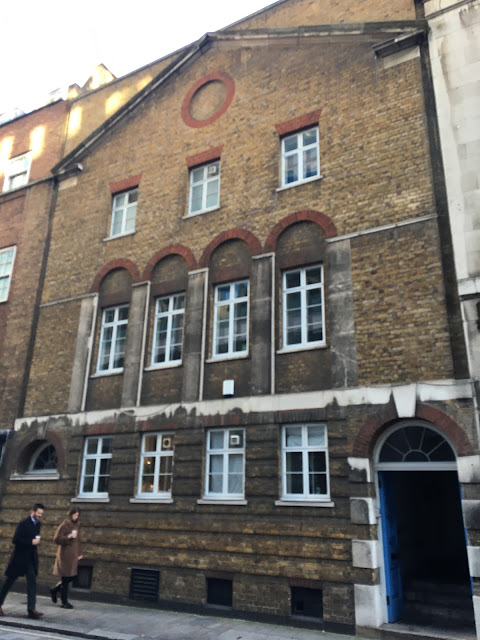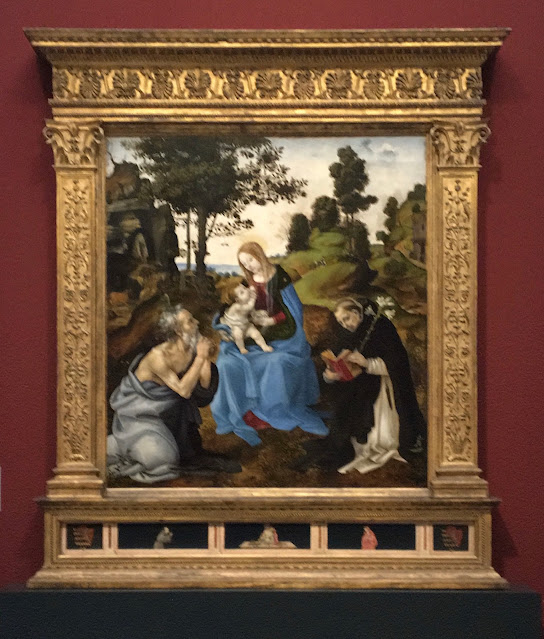From St Vedast, north along Foster Lane, past Goldsmith's Hall, and right into Gresham St. - past all those slick temples of Mammon - and St Lawrence Jewry next Guildhall.
St Lawrence, which stands on the south side of Guildhall Yard across from the Guildhall itself, is another church by Sir Christopher Wren that was destroyed in the Blitz and subsequently rebuilt. The architect in this case was Cecil Brown - who I know nothing about. In contrast to the sober work of Marshall Sisson at St Andrew-by-the-Wardrobe, Brown's work is much more effusive, commensurate with St Lawrence's role as the official church of the City Corporation. (It was the Corporation that helped fund the Post-war restoration.) The result is rather - shall we say? - worldly, perhaps a little fussy.
The east side of Guildhall Yard is occupied by the Guildhall Art Gallery, designed by Richard Gilbert Scott, son of Sir Giles Gilbert Scott, grandson of George Gilbert Scott Jr, and great-grandson of Sir George Gilbert Scott Sr - that's quite the architectural dynasty! It was Sir Giles who restored the Guildhall after the War, and Richard who designed the Guildhall Library on the west side of the yard and that weird looking cloister along the western half of the Guildhall façade. Anyway Richard Scott's art gallery holds the Corporation's own collection, and all of it, whether the architecture, the art or the hang, was a bit of a disappointment. All a bit vulgar really, but that, I suppose, is plutocratic taste for you.
From Guildhall Yard I headed north back to St Bartholomew the Great, a parish church sheltering in a fragment of a 12th century Augustinian priory. I think it must be largest ecclesiastical building to have survived from the Middle Ages in the City of London. The exterior is hemmed in the with buildings, the interior dark and mysterious. Atmospheric. It really deserves a post to itself.
In the afternoon, after lunch at 'Le Pain Quotidien' - yes, I know, another chain, but I was pleasantly surprised - I met up with a friend and we went off to the obscure and dusty Petrie Museum (part of the University of London) before trying the new Ta'mini Lebanese bakery in Marchmont St. Dinner at Franco Manco, Bloomsbury.













































